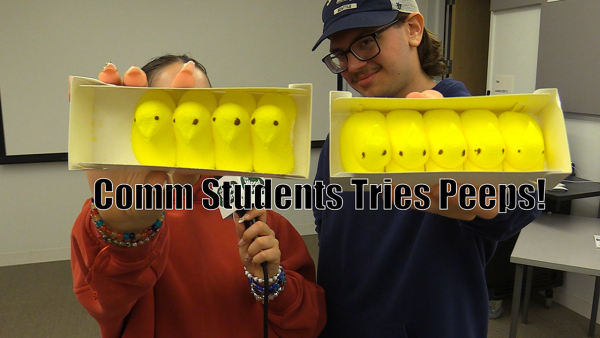OPINION: Driving tips to keep you safe this winter season
Photo credit/ Liz Berwind
The Scranton area usually sees an average of 40 inches of snow per year.
In the midst of winter, it is important to remember to stay safe while driving. Road conditions can change in an instant during the winter months. The state is there to help clear the roads, but it is also up to the drivers to be prepared and practice safe driving practices.
For out-of-staters, new drivers, and even regulars, safe driving reminders can help save a life. Here are some tips compiled from several authoritative automotive industry sources to help everyone drive safely during difficult road conditions. Those sources include Kelly Blue Book, AAA and Pellman’s Automotive.
First and foremost, if the roads are bad and going out is not required, do not go out. Even if you are a good driver or your vehicle can handle it, going out creates unnecessary risks for you and other drivers. Stay in and enjoy a snow day.
If going out is required, drive slowly. Even when the roads look clear or merely wet, an unseen ice patch can derail your car, causing an accident and sometimes injury. Leave earlier and give yourself extra time to get to your destination safely.
Be considerate of other vehicles by staying in your own lane and giving optimal space between you and the vehicle in front of you. During questionable road conditions, driver and vehicle reactions are unpredictable. Stopping and slowing down can take longer on snow or ice. Keeping a larger distance can give you more time to stop if the driver in front of you slams on the brakes, avoiding a collision.
When driving on messy roads, it is safer to maintain a low speed and decelerate naturally by lifting off of the gas pedal. Braking causes the vehicle’s wheels to lock up, affecting the vehicle’s steering capabilities. This could be especially dangerous when going around an icy corner. Brake and decelerate before making it to the corner, gliding slowly and safely through the corner.
As tempting as it may be, an article by Kelly Blue Book suggests drivers avoid using cruise control when driving in messy conditions. Even if the patch of road you are on looks clear, the next patch may not be. If you encounter slush, ice, or snow when your vehicle is in cruise control, you will most likely not be able to slow down in time as the vehicle will have a slower reaction due to the time it takes to disengage from cruise control.
Keep in mind that vehicles take longer to slow down when driving in icy conditions. This affects the time it takes to stop for a red light, stop sign, animals and people in crosswalks. Give yourself more time and space to come to a stop.
AAA warns that If your vehicle loses traction, lift off of the gas pedal to help regain control. Do not slam on your brakes. When you regain control, ease into the gas pedal to find traction and move slowly. Too much gas will cause the vehicle to skid or become stuck.
At night, keep in mind that other drivers need to be able to see too. If there is a vehicle in front of you or a vehicle coming towards you, be considerate and shut your high beams off. If the vehicle in front of you or an oncoming car is blinded by bright headlights, they can swerve into your lane or off the road.
Pellman’s Automotive gives helpful tips for night driving during the winter. Before leaving your driveway, it is best to check your headlights, windshield, and mirrors, clearing off any snow, ice, or slush that could cause your vision to be impaired while driving.
Light on snow is reflective and makes it even harder for drivers to see. Pellman’s Automotive also explains that when snow is falling heavily or it is foggy outside, using your low beams actually makes it easier to see, versus using your high beams which will reflect the light off of the snowfall and fog, blinding the driver.
Follow these simple driving tips to help you and others stay safe on the roads during the winter months.
Contact the writer: [email protected]

Amanda Morgan is a senior here at Marywood full of aspirations, double majoring in English Writing and English Literature, as well as pursuing her master's...










